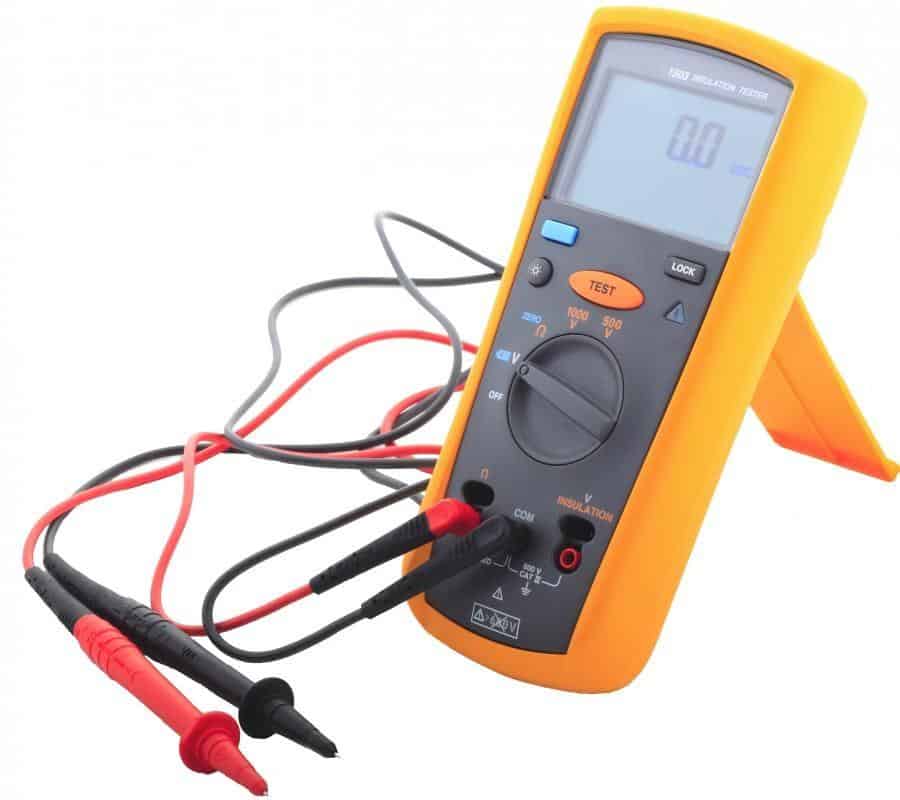Silence is the last thing you want to hear when it comes to starting your car. As a result, it's critical to act if you think your car's battery is dying quickly. You can't remember the last time you changed your automobile battery, no worries. You can perform a quick battery check without leaving your driveway. Listed below are ways to show you how to test a car battery at home.
What is a Car Battery?
Your car's battery is part of a well-tuned, integrated system that helps it run smoothly. Think again if you believed it was just a piece of equipment. Some of your car's most important duties are held by the battery hence the need to test a car battery.
A car battery provides power. The battery stores chemical energy, transformed into electrical energy when you turn your key or push the button to start the motor. It is then distributed to all the parts of your automobile that require it.
A battery turns on and starts the ignition system. It connects the vehicle's electrical system and activates its safety measures. When the engine is not running, the battery provides power to all of the electronic gadgets. When you start your automobile, an alternator recharges the battery to keep everything running while you drive.
It also stores chemical energy so that it can turn the car's engine on the next time. In addition, the newer batteries feature technologies that prevent them from being depleted of energy. As well as safeguard them from corrosive degradation for a longer period.
A battery distributes electricity to an alternator. It is responsible for electric operations such as the sound system, air conditioning, wipers, headlights, and even the airbag system. If the alternator fails or becomes overworked, the battery can serve as a backup and keep you going for a while.
Contemporary batteries can absorb some of the high voltage generated by other components. In addition, all solid components, including the electric system, are safeguarded from damage caused by an abnormal voltage level. All these are to show you why it is important to learn how to test a car battery.
How to Test a Car Battery
1. Load Test
If you're not a technician, performing any test on your car can be scary. Fortunately, this is one of the simple methods of how to test a car battery. All you need to do is turn on the headlights of your car without starting it. Then leave them in the ON position for 10-15 minutes.
You can start your car once that time has elapsed. And keep an eye on how bright your headlights are. Your battery fails the load test if your headlights dim substantially as the engine turns over. The battery should be able to handle the 10-15 minutes. If your car's battery is having trouble here, it's time to replace it before it fails you on the road.
2. Corrosion Test
Corrosion on your car's battery could suggest a power problem. Corrosion induced by hydrogen gas released by the acid in the battery can interfere with the battery terminals' capacity to transfer power over time. As a result, the battery has to work harder to compensate, which can diminish its life.
Baking soda and an old toothbrush are used to clean the battery connections very gently. However, if your battery has been corroded for a long time, the harm may be irreversible. It's time to replace in that situation.
3. Clicks
You will hear a vigorous roar that settles into a purr when you turn your key in the ignition. If you instead hear "click-click-click," your automobile battery is most likely dead. On the other side, a single click could indicate a poor start.
Those clicks may or may not indicate that your battery has to be replaced, but they're a good indicator. Even if a jump-start gets the car started, the first place you should go is to a skilled, reputable technician's bay.
4. Check the Voltage of the Battery using a Multimeter
A simple way of how to test a car battery is by using a multimeter. You should be able to get one in any hardware shop, and keeping one in your car is a good idea. First, make sure your multimeter's voltmeter is adjusted to 20 volts DC. Your multimeter's voltmeter section will have a "V," which is the acronym for volt.
The positive red meter probe should be placed on the positive red battery connector. Connect the meter's negative black probe to the battery's negative black connector. Request that a friend switch on the headlights. It puts a light load on the battery.
At 26.6 degrees Celsius, the reading for a battery with a good charge is about 12.5 volts or higher, 12.3 volts means about a 75% charge, 11.8 volts or lower means 25% or less. Not driving frequently enough, using electronics when the engine is turned off, or otherwise draining the battery.
Acid stratification might develop if your battery is continuously charged at less than 80%. It means that the electrolyte concentrates in the battery's bottom, leaving the upper half acid-free. Acid stratification degrades the performance of the battery and may lead it to fail.
5. Cranking Test
Monitoring the voltage while cranking a car can help determine whether a battery needs to be charged or replaced. Next, turn the car off, as well as all of its accessories. Finally, disable either the fuel or ignition systems, depending on which is convenient for your car. It is required because the test requires the car to crank but not start.
Place the positive multimeter lead on the battery's positive terminal and the negative multimeter lead on the negative terminal. Allow a helper to turn on the ignition for no more than 15 seconds while you monitor the multimeter. If the battery voltage dips below 9.6 volts, it means the battery is weak.
6. Test the Alternator
Turn on all of the vehicle's electrical equipment, including the headlights, interior illumination, climate controls, and stereo, to test the alternator. The voltage load will be maximized as a result of this. If the multimeter reading falls below 13.5 volts, the alternator is not charging the battery adequately and may need to be replaced.
It's time to seek help from a licensed professional. A multimeter can provide crucial information about a vehicle's battery and electrical system to its owner. In addition, periodic testing can aid in predicting and preventing impending failures, which frequently occur without warning.
















